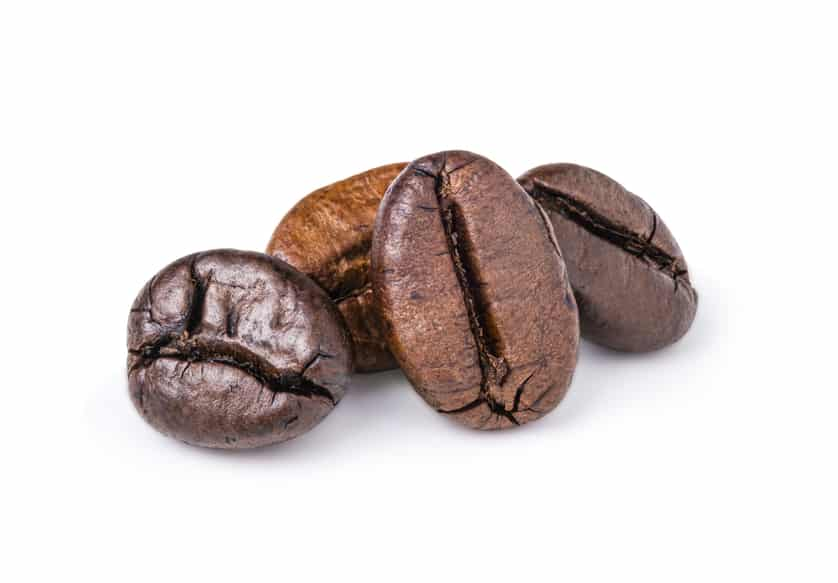I have often wondered what “coffee culture” means. I know no culture of any kind exists in our house until after the day’s first cup. By mutual agreement, grunting deemed an acceptable form of communication until the caffeine has kick-started the synapses, allowing sentence formation in a vaguely meaningful way. So if it’s not that, what is it?
That great bastion of all truth on the internet, Wikipedia, says it is the social behaviour and norms associated with drinking coffee in a shared environment. If you asked a big chain, their marketing department would explain why their places are better than everyone else’s. How you can feel you belong to something special, be the person they think you should be. Spend your money with them, not the one next door or down the road.
The curated image of coffee shop coffee culture is a hotbed of creativity. A place where someone can design the next multi-million-download app, write their best-selling novel, VLOG, or brainstorm their next play. Better yet, capture that perfect Instagram moment that says, “yes, this is the kind of person I am.”

And the main reasons most people favour one coffee shop over another reflect this. Locality plays a part, but good wi-fi is first on the list. Then it must have a conducive atmosphere. Coffee quality only appears at number three, with clean toilets and not being thrown out after nursing the one cup for hours the final deciding factors. Knowing these things allows independent coffee shops to compete with the big brands.
Indeed, opening a coffee shop is a comparatively low-cost entry into the business world for young people. Many commercial equipment suppliers offer favourable financing and guaranteed bean supply. Owners can roast their way to create different brews. Express their artistic side with the presentation. Deliver their version of coffee culture. It is still aspirational, and I am just as guilty.
As I sat in the small coffee shop opposite the office, drinking my mid-morning (full fat) hot latté, I started to think about coffee. I like the taste; I like how it makes me feel, or is that all in my mind? But I don’t know very much about it.
I do know it is one of the most widely traded commodities on futures markets. I know Thailand grows coffee, but how much? Is what I am drinking from around here? Or from thousands of kilometers away? What is the effect on the environment?
Looking at my empty cup, I decided it was worth a bit more investigation. And as I ordered my next and final cup (tea in the afternoons or else I get twitchy), I began to worry, am I drinking too much?

Every American police drama seems to have a pot of coffee always on the go. So they must be the biggest drinkers, right? Well, no, at least not by the amount of coffee consumed per person. Despite over four hundred million cups of coffee drunk in the USA every day, the average consumption per year per capita (posh word for the average person) is 4.2 kg, enough only for twenty-fifth on the list.
The Fins top the table, drinking up to 12 kg per capita per year. Then comes Norway (9.9 kg), Iceland (9 kg), Denmark (8.7 kg), The Netherlands (8.4 kg), and Sweden (8.16 kg). I wonder if the short Scandinavian winter days have anything to do with the high consumption? And because the Dutch are statistically the tallest nation on earth, maybe what they are drinking would be normal for a person like myself of distinctly-lower-average height.
Being predominantly tea drinkers, the UK appears way down the list at 2.8 kg and Thailand even further down at 0.5 kg per capita per year. So, my uneducated mind says that as Thai consumption is so low, I must be drinking coffee from Thailand, right? Well, again, no.
The coffee “business” worldwide, including production and coffee shops delivering their version of coffee culture, is worth over $350 billion per year. Coffee is grown in developing countries, with more than 60% still produced by farmers on small farms.
Many developed countries import raw beans and export processed coffee, like Switzerland, for example. They import $750 million worth of unprocessed beans and then export over $2 billion of coffee ready for consumption in one way or another. Familiar with Nestlé, the largest coffee company in the world? Swiss.

The standard measure of production and trade is a 60 kg bag of beans. The International Coffee Organisation estimates that 169 million 60 kg bags will be produced this year, which is a lot of beans whichever way you look at it. Trillions in fact. So, who produces the most?
The 1946 Frank Sinatra song says, “they’ve got an awful lot of coffee in Brazil.” And they do, exporting over sixty million 60 kg bags worth over $4.5 billion each year to the exporters (not the farmers). Then comes Vietnam at nearly thirty million bags and Indonesia and Colombia, who are both around the ten million bag mark.
And Thailand? Way down the list in twenty-fifth place at half a million 60 kg bags, worth around $4 million. But if you look at importation, Thailand is one of the few countries with coffee imports greater than exports, $107 million in 2019. That says from an economic perspective, coffee culture here is alive and well. Being almost next door, Vietnam satisfies most of the Thai demand but even so, this is still a fraction of the largest importers.
The USA is top of the import list (nearly $6 billion), the sheer volume drunk in total (not per capita) needing a lot of coffee. Then comes Germany, France, and Italy, who are all volume processors and high coffee consumers.

Like wine, where all variations originate from just a few varieties of grapes, coffee only has two types of beans, namely Arabica and Robusta. Naturally a shade plant, modern agricultural techniques mean it can be grown in the sun and farmed in volume on large plantations. Vietnam and Indonesia are prime regional examples, creating price pressure on Thai coffee through lower labour and infrastructure costs. Both bean types are grown in Thailand, Robusta in the south and typically in the sun, and Arabica in the north in the hills and mountains around us more suited to shade growth.

When I started researching my morning cuppa, I found all sorts of economic statistics and industry analysis. But I also found a lot on the problems of the coffee industry and its environmental impact, something I had not thought about.
For example, only a small part of the coffee cherry picked from the plant is used. The two coffee beans in each cherry represent only 16% by weight. What happens to the rest?

Accusations of child labour abound. The industry and price seem to be controlled by a few major players worldwide. The increasing demand for (the cheaper) sun-grown coffee plantations impacts deforestation. Non-payment to farmers by middlemen or purchasers portrays a tale of woe. What does this mean to the coffee farmers around us? What impact does my morning habit have?
Dammit. My inability to wake up without some kind of stimulant has now created questions I have to answer. I must find out more.
Perhaps, just one more cup to help keep me focused…
